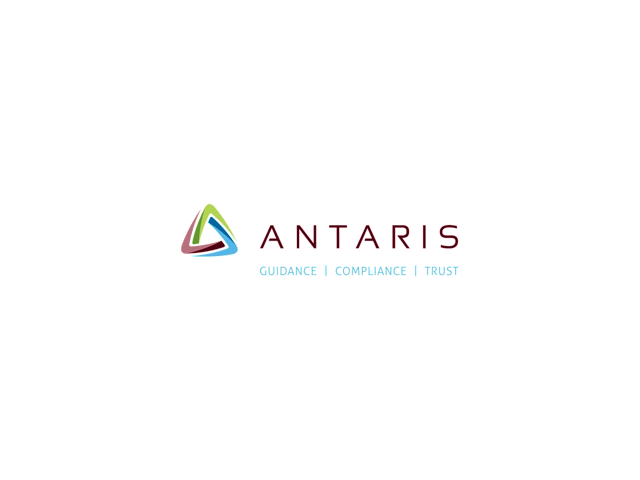Food safety is related to the presence of food-borne hazards in food at the point of consumption. As the introduction of food safety hazards can occur at any stage of the food chain, adequate control throughout the food chain is essential. Thus, food safety is ensured through the combined efforts of all the parties participating in the food chain.
Companies within the food chain range from feed producers and primary producers through food manufacturers, transport and storage operators and subcontractors to retail and food service outlets (together with inter-related organisations such as producers of equipment, packaging material, cleaning agents, additives and ingredients). Service providers are also included. An effective food safety management system such as ISO 22000 can help ensure safety and mitigate risk.
ISO 22000:2005 specifies the requirements for a food safety management system that combines the following key elements to ensure food safety along the food chain, up to the point of final consumption:
- interactive communication
- system management
- prerequisite programmes
- HACCP principles
The standard is in the process of being revised and the current revision is at the FDIS stage, with the new standard due to be released in June 2018. This is the first revision of ISO 22000, since the 2005 version.
A number of significant changes have been introduced, not least of which is the introduction of the Annex SL format and terminology. Annex SL was developed in order to ensure that all future ISO management system standards share a common format irrespective of the specific discipline to which they relate.
Annex SL prescribes a high-level structure, identical core text, and common terms and core definitions. The structure of ISO 22000 is modelled on the following principal clauses:
Clause 1 Scope
Clause 2 Normative references
Clause 3 Terms and definitions
Clause 4 Context of the organisation
The organisation must understand the internal and external issues that can impact in a positive or negative manner throughout the food chain including, inter alia, organisational culture and structure, and the external environment including cultural, social, political, legal, financial, technological, economic, market competition and natural factors of significance to its performance.
Consideration of the above will aid the identification of interested parties and their needs and expectations. ISO FDIS 22000 defines an interested party or stakeholder as a “person or organisation that can affect, be affected by, or perceive itself to be affected by a decision or activity”.
Clause 5 Leadership
This clause provides guidance on how the organisation demonstrates leadership in relation to its food safety management system.
Clause 6 Planning
The organisation will need to manage food safety risks at an operational level (through HACCP), as well as at the strategic level of the management system. It will also need to evaluate the effectiveness of the actions taken and their impact on clients and other interested parties.
Clause 7 Support
This clause provides guidance on the support required to ensure that the food safety management system can function effectively.
This clause encompasses the following:
- Resources
- Competence;
- Awareness;
- Communication;
- Documented information.
Clause 8 Operation
The organisation must plan, implement, control, maintain and update all processes needed to ensure safe food products, and to implement the actions arising from identified food safety risks by:
- establishing criteria for the processes;
- implementing control of the processes in accordance with the criteria;
- keeping documented information to the extent necessary to have the confidence to demonstrate that the processes have been carried out as planned.
The organisation must control planned changes and review the consequences of unintended changes, taking action to mitigate any adverse effects, as necessary.
The organisation must ensure that outsourced processes are controlled.
The following subsections are addressed in section 8:
- Operational planning and control;
- Prerequisite programmes (PRPs);
- Traceability system;
- Emergency preparedness and response;
- Hazard control;
- Updating the information specifying the PRPs and the hazard control plan;
- Control of monitoring and measuring;
- Verification related to PRPs and the hazard control plan;
- Control of product and process nonconformities.
Clause 9 Performance evaluation
This clause provides guidance on evaluating the performance of the food safety management system.
This clause encompasses the following:
- Monitoring, measurement, analysis and performance evaluation;
- Internal audit;
- Management review.
Clause 10 Improvement
This clause provides guidance on making improvements to the food safety management system.
This clause encompasses the following:
- Nonconformity and corrective action;
- Continual improvement;
- Update of the food safety management system.
In the new disposition, the Plan – Do – Check – Act cycle is transposed as follows:
Clauses 4, 5, 6 and 7: Planning (Plan)
Clause 8: Operation (Do)
Clause 9: Performance evaluation (Check)
Clause 10: Improvement (Act)
ISO 22000 is centred on risk-based thinking that helps to identify the relevant factors that could affect processes and food safety management. Its primary focus is on compliance with regulatory food safety requirements.
Changes have also been made to the approach used when assessing risk. Clarity has been added with regard to the operation process, and clear descriptions are now given to help distinguish between essential terms such as Critical Control Points (CCPs), Operational Prerequisite Programmes (OPRPs) and Prerequisite Programmes (PRPs).
The introduction section now states that not only the risks identified through HACCP are to be considered, also risks at the organisational level will be evaluated to ensure an effective implementation of the food safety management system and fulfilment of intended goals.
Article 5 of Regulation (EC) 852/2004 states that food businesses must implement and maintain a food safety management system using HACCP. ISO 22000 can be used to support compliance with this legal requirement, helping to manage and monitor its use.









